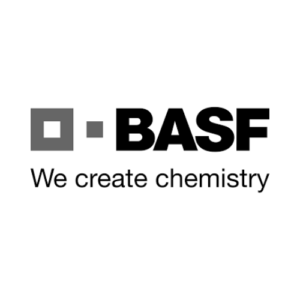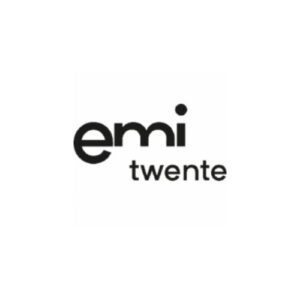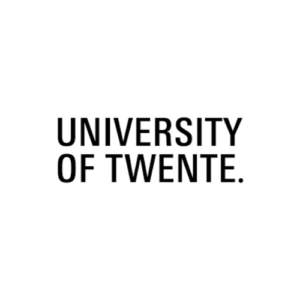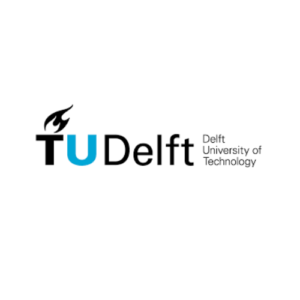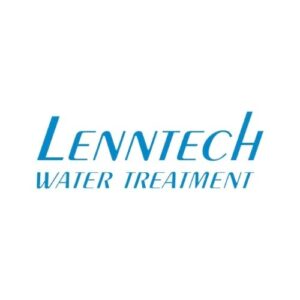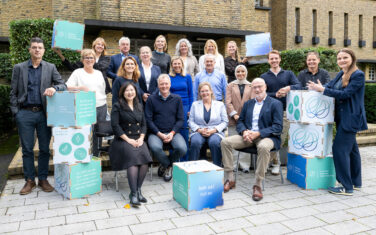Our CALMEM-project concerns nano manufactured ceramic membranes that can supersede distillation columns and lead to yearly energy saving of more than 1.0 PJ/year in the Netherlands alone.
In short:
- The separation processes of industrial streams are currently energy-intensive
- Applying membrane-technology can lead to a significant decrease in energy use
- CALMEM concerns nano manufactured ceramic membranes that can supersede distillation columns for energy saving
Traditional separation technologies are energy intensive
Membranes are used worldwide at large scale to purify surface- or wastewater and are increasingly applied in organic solvents streams. However, many large streams containing smaller molecules are still treated with energy-intensive traditional technologies like distillation. Applying membranes can lead to a yearly energy saving in the Netherlands of about 0.7-1.0 PJ/year (comparable to the yearly energy use of the households of Amersfoort).
Producing ceramic nanofiltration membranes
In a recent NWO-TTW project, a new technology has been developed to produce ceramic nanofiltration membranes with narrow pore sizes and high permeabilities to separate small molecules from industrial mixtures. The focus of this Demonstrator project is to demonstrate to large companies the world-class performance of these novel membranes by building a prototype and performing separation experiments with model mixtures from Industry.
An environmentally friendly technique
The new ceramic nanofiltration membranes offer large industries the opportunity to replace the distillation columns with an environmentally friendly technique, to lower energy consumption, and decrease their CO2 footprint.
You might also be interested in
Acknowledgement & partners
This project CALMEM is part of the research programme Demonstrator which is (partly) financed by the Dutch Research Council (NWO).
